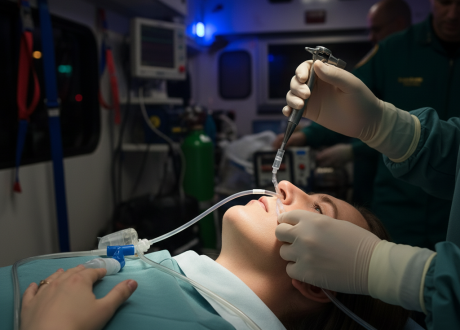Abstract 
Background: Fewer than one-half of U.S. adults with hypertension (HTN) have it controlled and one-third are unaware of their condition. The emergency department (ED) represents a setting to improve HTN control by increasing awareness of asymptomatic hypertension (aHTN) according to the 2013 American College of Emergency Physicians asymptomatic elevated blood pressure clinical policy.
Objective: The aim of the study was to estimate the prevalence and management of aHTN in U.S. EDs.
Methods: We examined the 2016-2019 National Hospital Ambulatory Medical Care Surveys to provide a more valid estimate of aHTN visits in U.S. EDs. aHTN is defined as adult patients with blood pressure ≥ 160/100 mm Hg at triage and discharge without trauma or signs of end organ damage. We then stratified aHTN into a 160-179/100-109 mm Hg subgroup and > 180/110 mm Hg subgroup and examined diagnosis and treatment outcomes.
Results: Approximately 5.9% of total visits between 2016 and 2019 met the definition for aHTN and 74% of patients were discharged home, representing an estimated 26.5 million visits. Among those discharged home, emergency physicians diagnosed 13% (95% CI 10.6-15.8%) and treated aHTN in 3.9% (95% CI 2.8-5.5%) of patients in the higher aHTN subgroup. In the lower aHTN subgroup, diagnosis and treatment decreased to 3.1% (95% CI 2.4-4.1%) and 1.2% (95% CI 0.7-2.0%), respectively.
Conclusions: Millions of ED patients found to have aHTN are discharged home without diagnosis or treatment. Although management practices follow clinical policy to delay treatment of aHTN, there are missed opportunities to diagnosis aHTN.
Keywords: antihypertension; asymptomatic hypertension; blood pressure; hypertension; population health.








